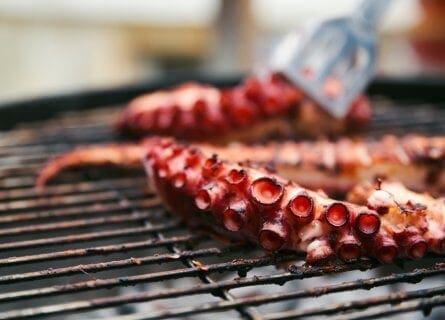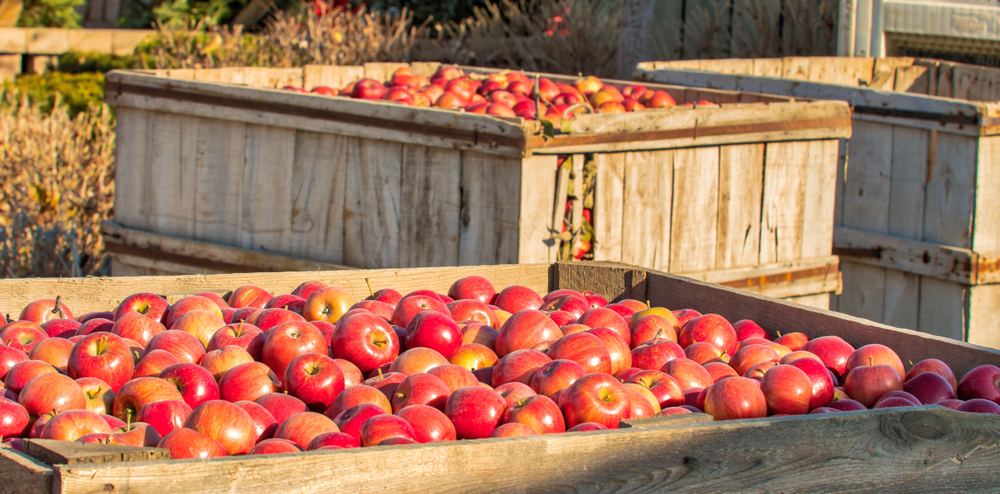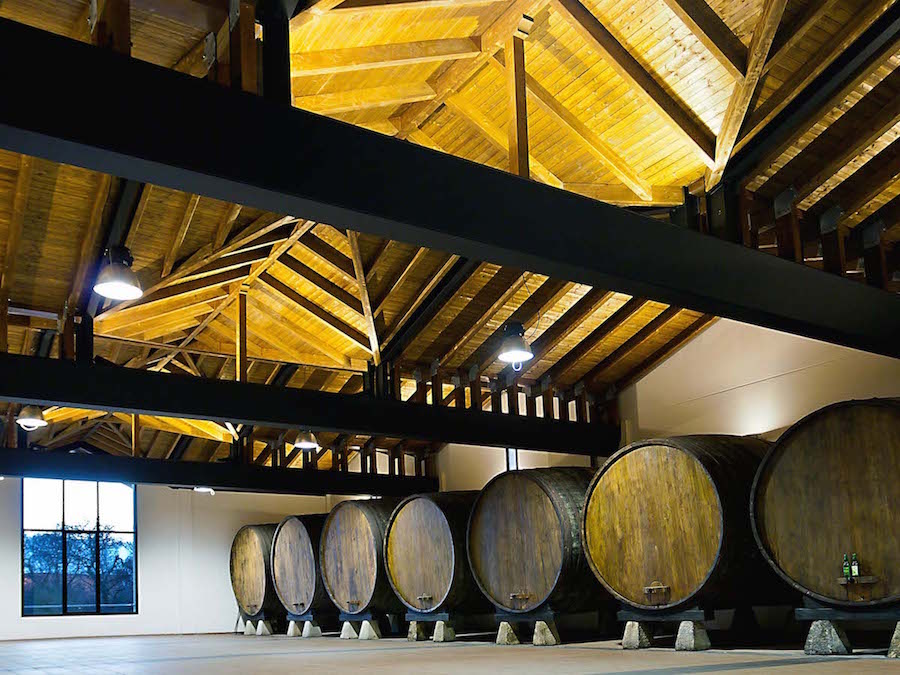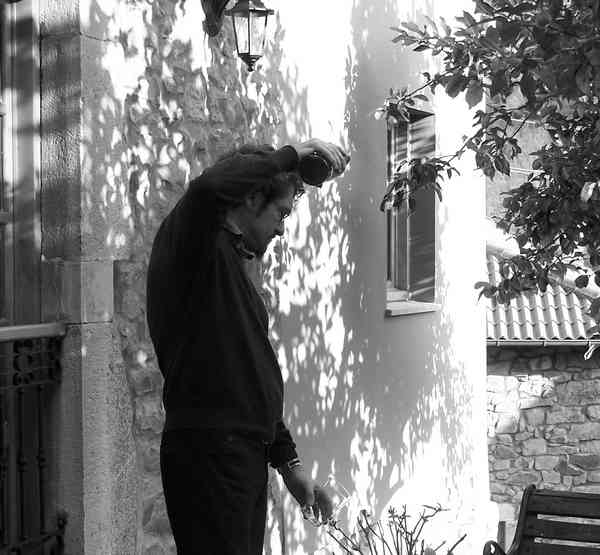
The Best Seafood Restaurants in Basque Country and Northern Spain
June 25, 2018
Savor the Ocean's Bounty: Discover the Finest Seafood Restaurants in Northern Spain. Immerse yourself in a gastronomic journey of fresh flavors.
By: Genevieve Mc Carthy / Last updated: January 4, 2024
Cider, called Sidra in Spanish, is produced all over the north of Spain, mainly in Asturias. In Asturias, the main centers of production and apple orchards are around the towns of Nava and Villaviciosa and also close to the city of Gijòn. In addition to its natural homeland in Asturias, cider has a popular following in the neighboring Basque country, particularly in the province of Gipuzkoa, around gorgeous San Sebastian! The Basques are fond of drinking cider straight from chestnut barrels, which works fantastically with their variety of pintxos (Basque tapas). It is one of Spain’s greatest gastronomic pleasures, just waiting to be enjoyed by discerning visitors.

Cider is a central part of the local history and folklore – its enjoyment has been part of the Asturian culture for many centuries. The first mention of cider production comes from the Greek Geographer and visitor to Spain, Strabo, who noted during the 1st century B.C. that “the Asturians have a drink they call Zythos, made from fermented apple juice.” Many centuries later, by the mid-1800s, cider was an important part of the Asturian economy, and there were over 250 apple presses across the region. Today, Asturias produces more than 80% of the total production in Spain, and consumption in the region runs at over 50 liters per person each year. Traditionally, a distinction is made in Spain between Sidra Natural and Sidra Gasificada.
Natural cider is usually made in small-scale operations and is fermented without any additional additives. The fermentation process for Sidra Natural is relatively straightforward. The ripe apples are washed, diced, softened in water, and pressed. The ripe apples are washed, diced, softened in water, and pressed. A skilled cider maker will blend the juice of different apples – sour crab apples and sweeter varieties, for example – to attain the perfect balance of richness of fruit and acidity. A good Asturian cider should have a strong, sharp flavor and good acidity. After pressing the apples, they ferment naturally in chestnut barrels for about 5 months before bottling. The alcohol content varies but is usually about 5-6 %, similar to beer. “Sidra” is also effervescent due to the natural yeasts present. A good Asturian cider should have a strong, sharp flavor and good acidity. It is best consumed young, making it the perfect drink to enjoy alone or with various tapas dishes.

Sparkling ciders are usually quite sweet, as sugar is added during the production process. It is fermented in large-scale stainless steel tanks and, although pleasant as an aperitif, lacks the finesse and favor of an authentically made Sidra natural. However, it is inexpensive and usually keeps longer than its artisanal counterpart. Popular all over Spain, but less so in Asturias as locals tend to prefer the definite article!
Cider bars in Asturias are called a “Chigre,” whereas in the rest of Spain, they are called a “Sidreria.” The cider houses where this delicious drink is produced are called “llagars” and a few of them can be visited. The most fun part of cider tasting is being served your drink. A trained “escanciador,” or cider server, take’s the bottle with the right hand and lifts the arm above the head. With a straight back and a serious expression on their face, the escanciador pours the cider from about 2 feet up in the air into the special glass without missing and hitting the floor (which is what will happen when you try to do this!). The objective is to “break” the cider in the glass, giving it a quick injection of air bubbles, and you should drink the cider immediately after pouring it.

Good brands of Sidra include Gaitero and Fanjul.
There is a Cider Museum in Nava, and this is where the cider festival is held every year in July.
If you would like us to customize an exclusive luxury tour, contact us and let us know your travel plans. We offer luxury food and wine tours for private groups of a mininium two guests. In addition, all of our private, chauffeured tours are available year-round upon request.

